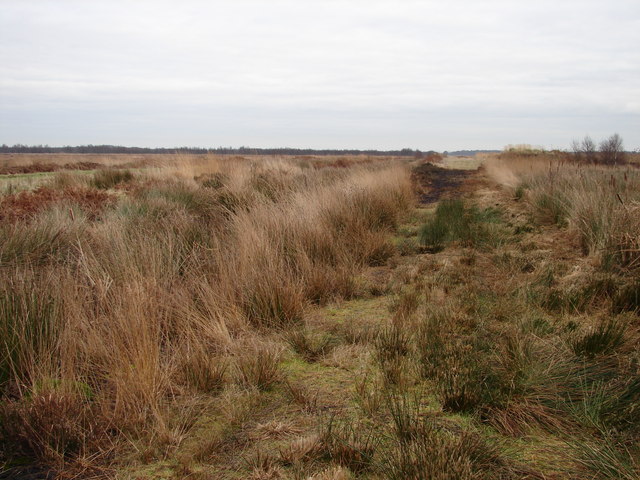Humberhead Levels on:
[Wikipedia]
[Google]
[Amazon]
 The Humberhead Levels is a national character area covering a large expanse of flat, low-lying land towards the western end of the
The Humberhead Levels is a national character area covering a large expanse of flat, low-lying land towards the western end of the
Sea Level research in the areaHumberhead Peatlands National Nature Reserve
{{authority control
 The Humberhead Levels is a national character area covering a large expanse of flat, low-lying land towards the western end of the
The Humberhead Levels is a national character area covering a large expanse of flat, low-lying land towards the western end of the Humber
The Humber is a large tidal estuary on the east coast of Northern England. It is formed at Trent Falls, Faxfleet, by the confluence of the tidal rivers River Ouse, Yorkshire, Ouse and River Trent, Trent. From there to the North Sea, it forms ...
estuary in northern England. The levels occupy the former Glacial Lake Humber, an area bounded to the east by the Yorkshire Wolds and the northern Lincolnshire
Lincolnshire (), abbreviated ''Lincs'', is a Ceremonial counties of England, ceremonial county in the East Midlands and Yorkshire and the Humber regions of England. It is bordered by the East Riding of Yorkshire across the Humber estuary to th ...
Edge, a limestone escarpment, and to the west by the southern part of the Yorkshire magnesian limestone ridge. In the north the levels merge into the slightly more undulating Vale of York close to the Escrick glacial moraine
A moraine is any accumulation of unconsolidated debris ( regolith and rock), sometimes referred to as glacial till, that occurs in both currently and formerly glaciated regions, and that has been previously carried along by a glacier or ice s ...
, and to the south merge into the Trent Vale.
Glacial Lake Humber
During the last ice age, a glacier extended across this area almost to whereDoncaster
Doncaster ( ) is a city status in the United Kingdom, city in South Yorkshire, England. Named after the River Don, Yorkshire, River Don, it is the administrative centre of the City of Doncaster metropolitan borough, and is the second largest se ...
now is. The main glacial front was at Escrick where the Escrick moraine marks its furthest extension. This was the northern limit of an extensive lake which was impounded by the blocking of the Humber Gap by another ice front. The lake bottom gradually filled with clay sediments which are up to thick. The clay sediments are locally overlain by peat deposits forming raised mires. At the base of the peat layers are the remains of a buried forest.
Early settlement
The Humberhead Levels have been settled for several thousand years. The drier northern area was settled before the Roman era. The lighter soils there were easier to drain with hand tools, and the area was extensively cleared for small-scale pastoral farming. The system of easily navigable rivers was used by invading late fifth- and sixth-century Angles and eighth- and ninth-centuryVikings
Vikings were seafaring people originally from Scandinavia (present-day Denmark, Norway, and Sweden),
who from the late 8th to the late 11th centuries raided, pirated, traded, and settled throughout parts of Europe.Roesdahl, pp. 9â ...
who were able to penetrate deep into the countryside.
References
External links
Sea Level research in the area
{{authority control
Humber
The Humber is a large tidal estuary on the east coast of Northern England. It is formed at Trent Falls, Faxfleet, by the confluence of the tidal rivers River Ouse, Yorkshire, Ouse and River Trent, Trent. From there to the North Sea, it forms ...
Geography of the East Riding of Yorkshire
Geography of Lincolnshire
Humber
Levels in the United Kingdom
Natural regions of England